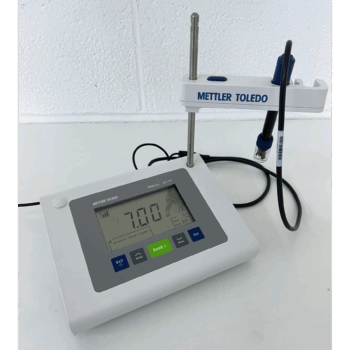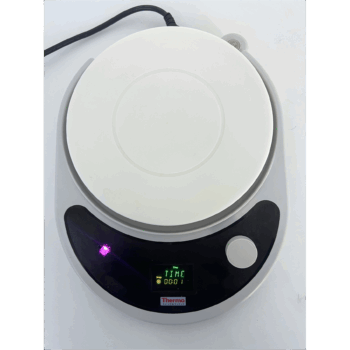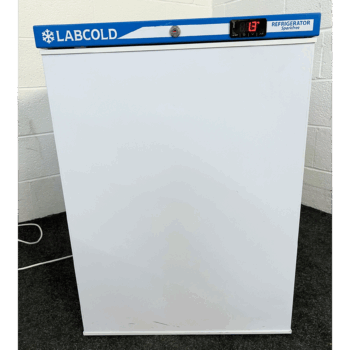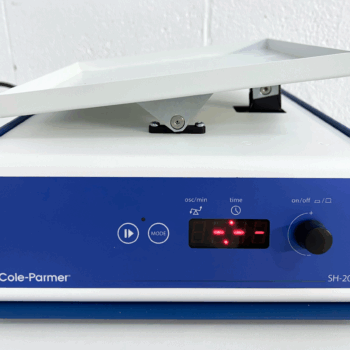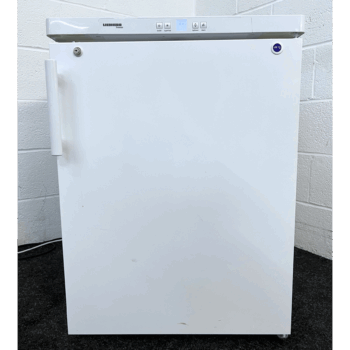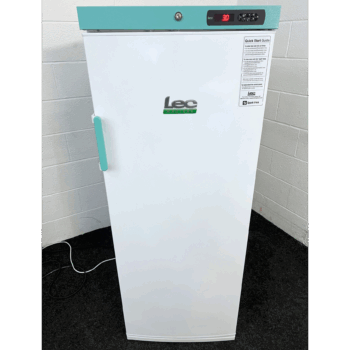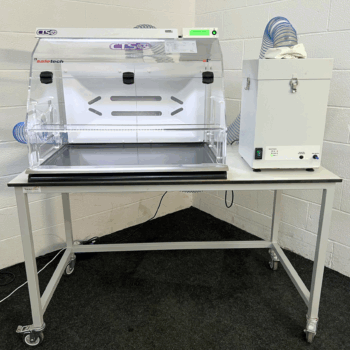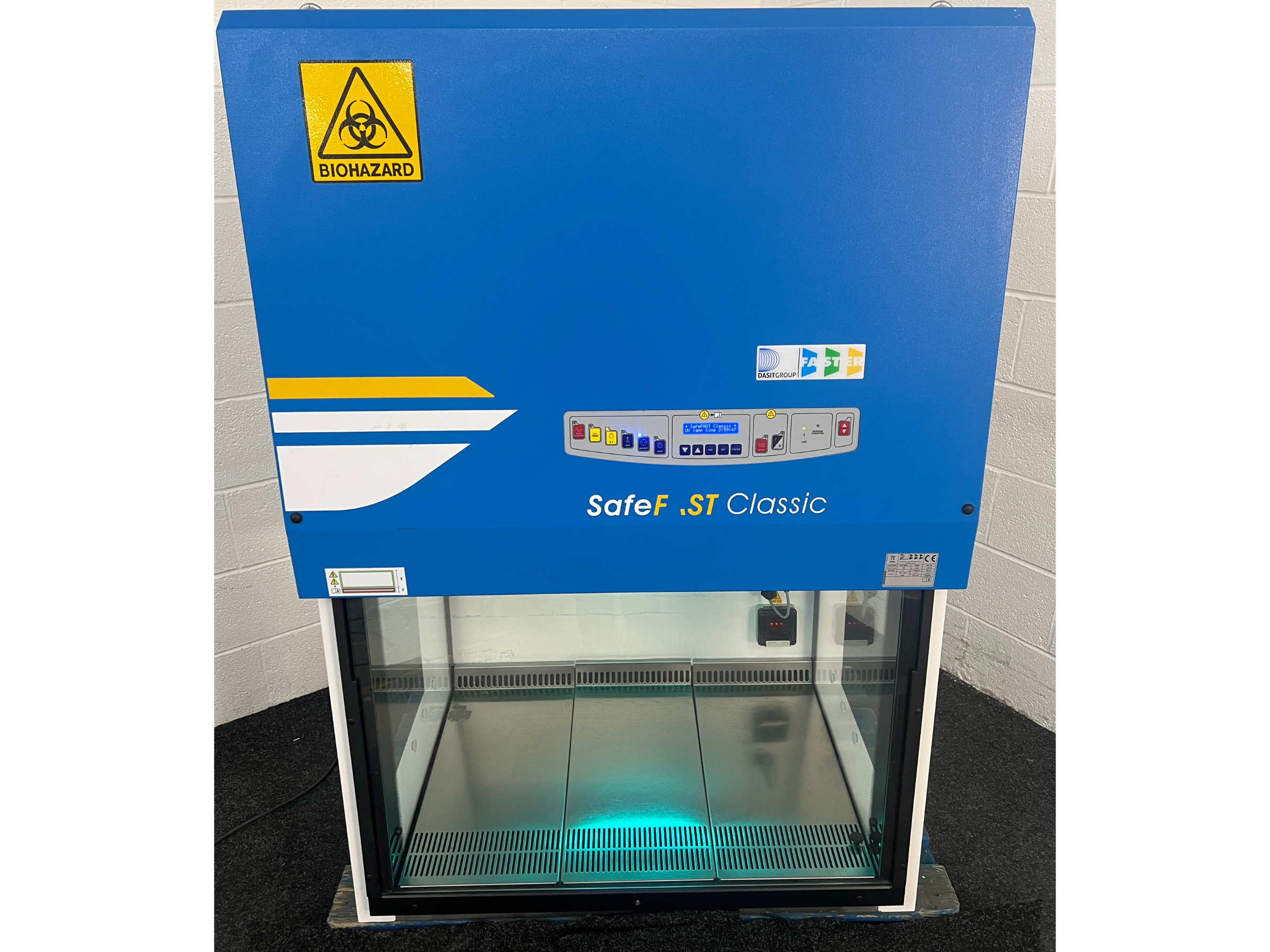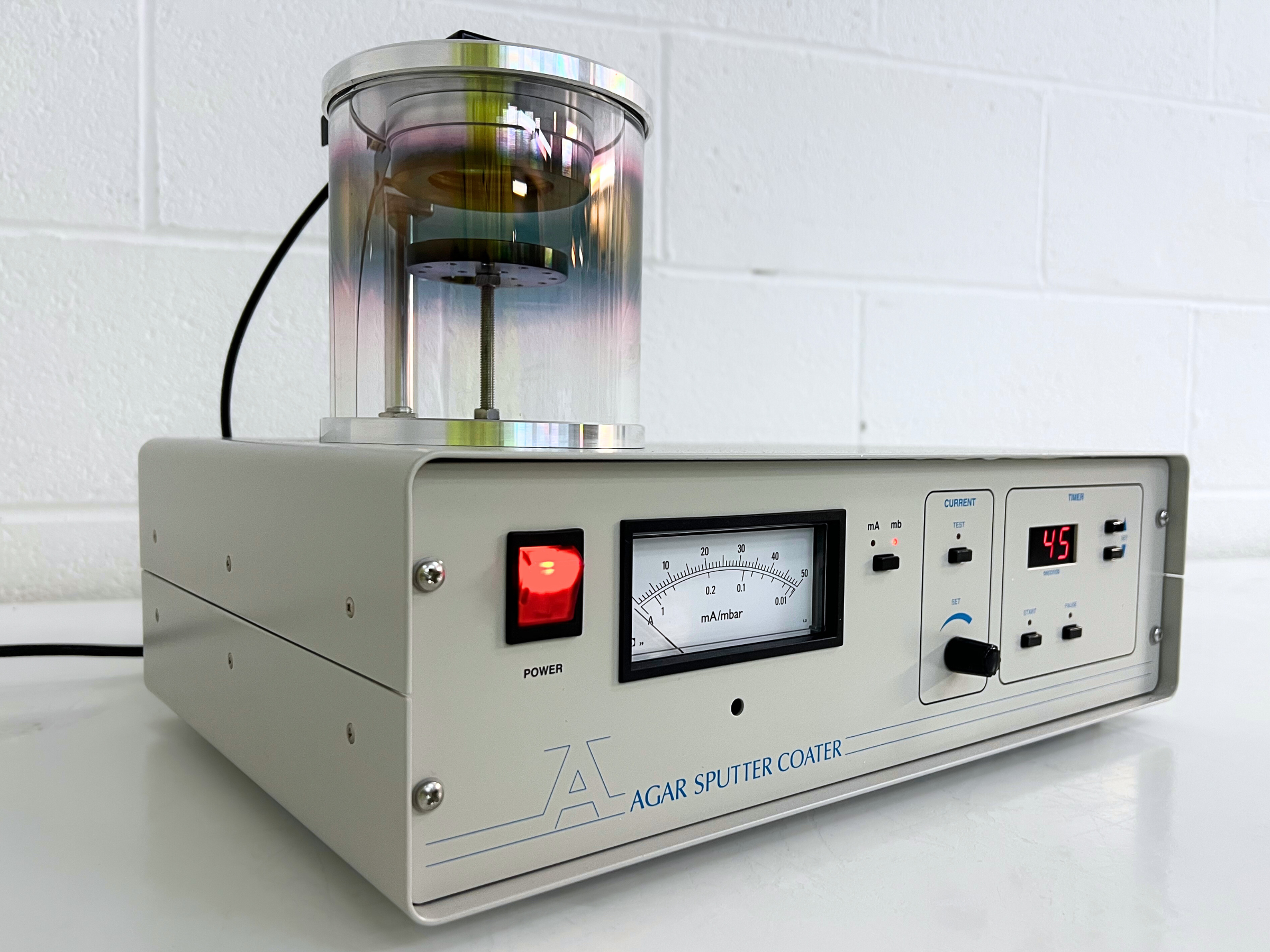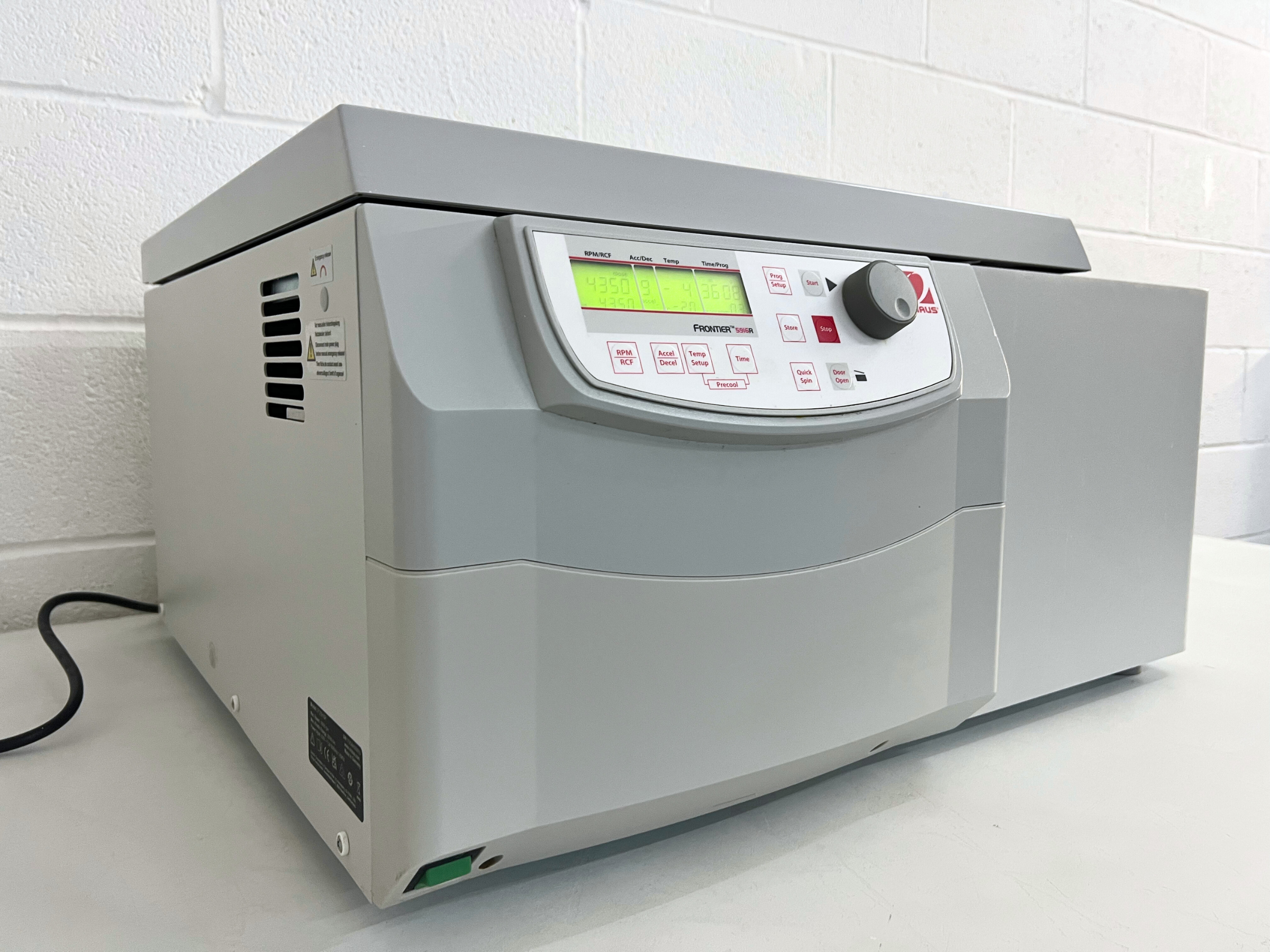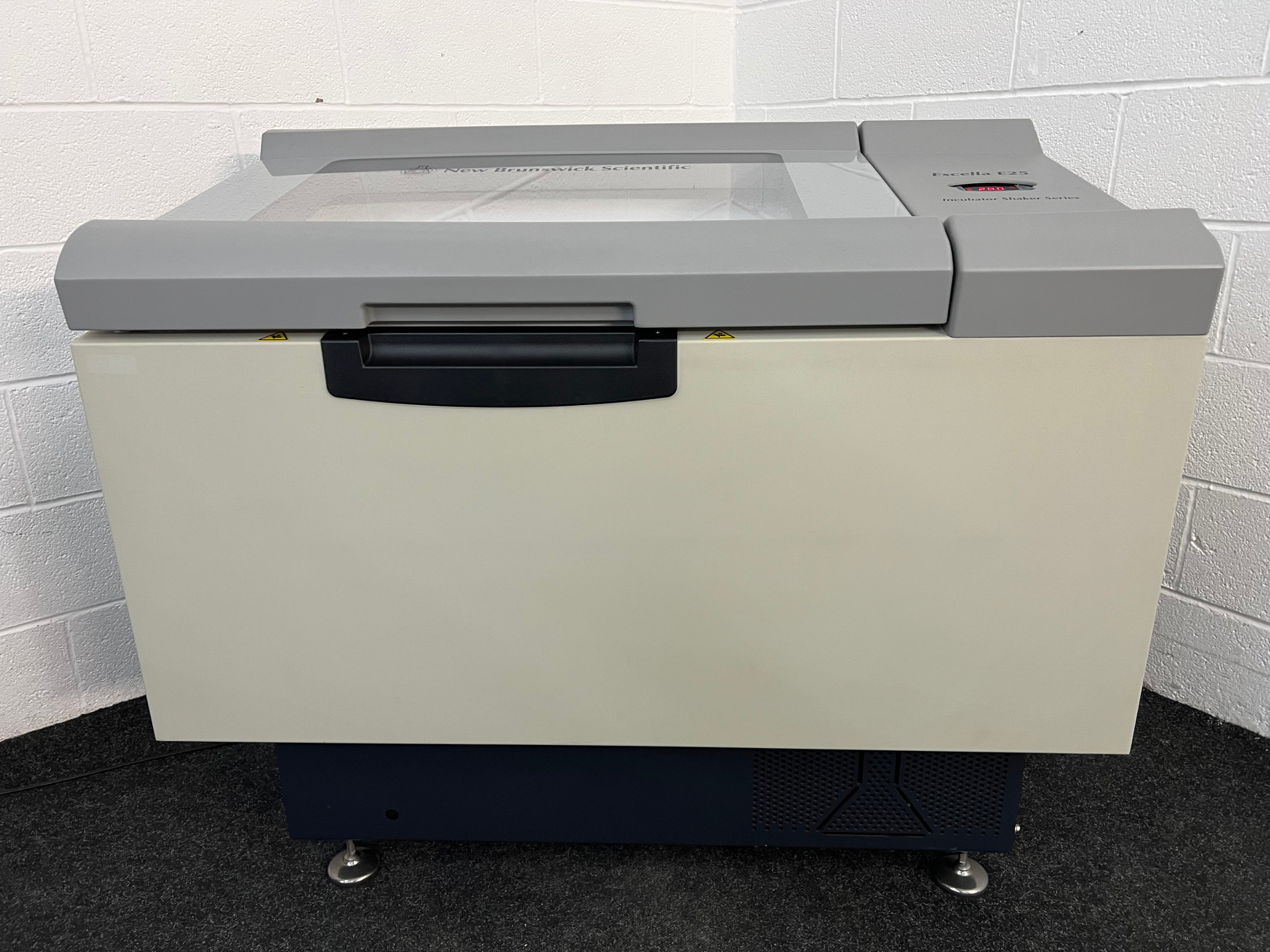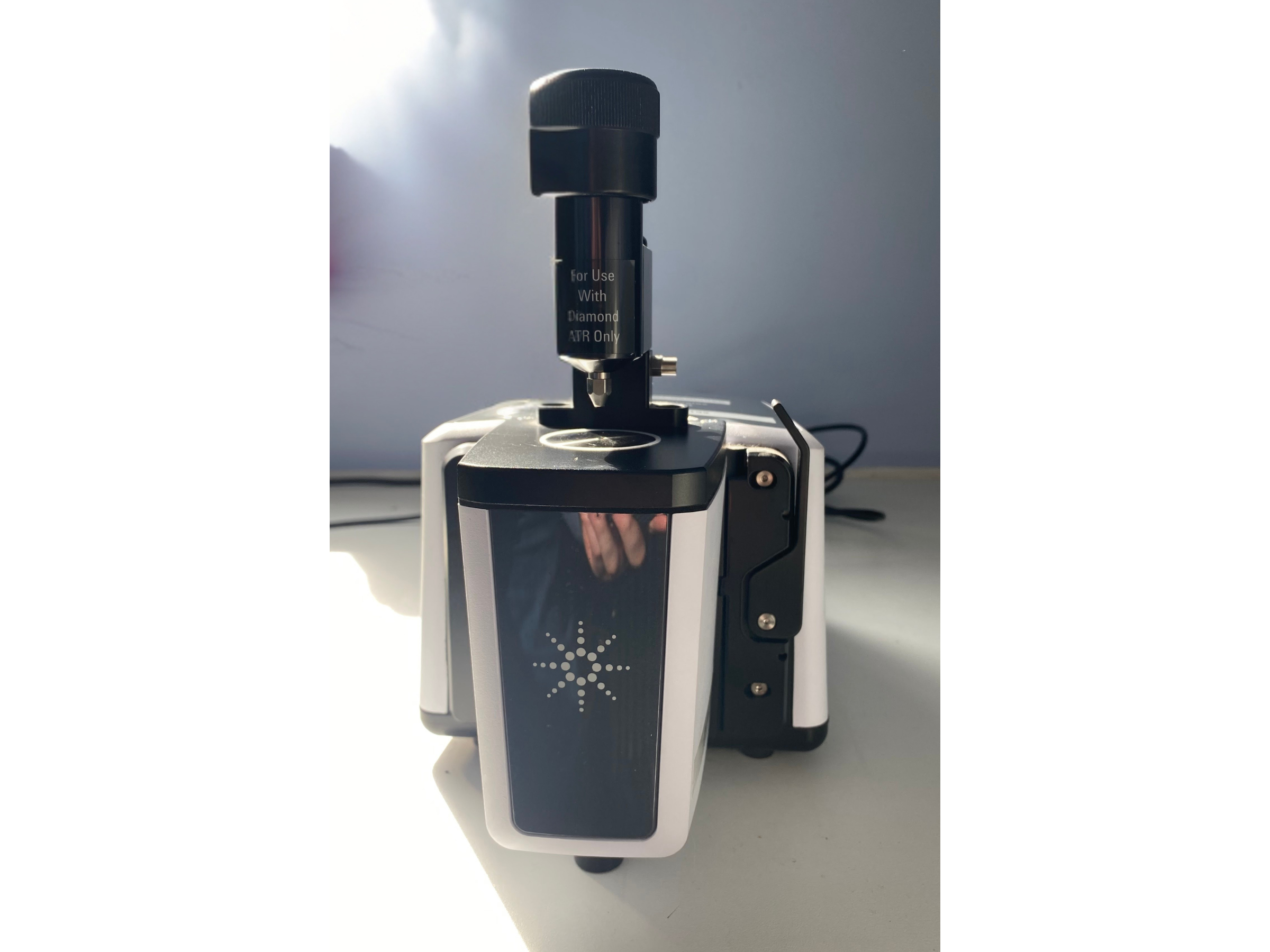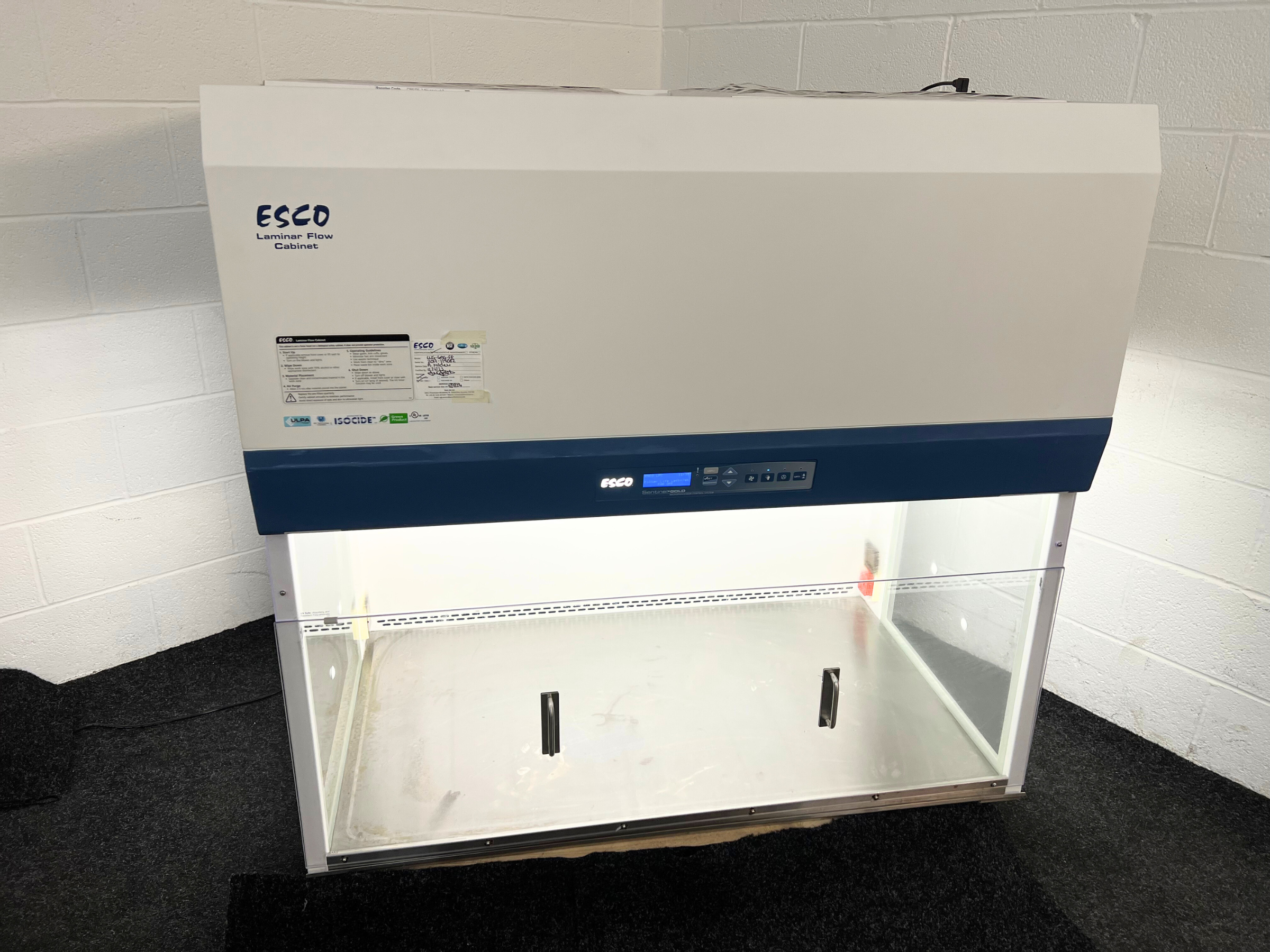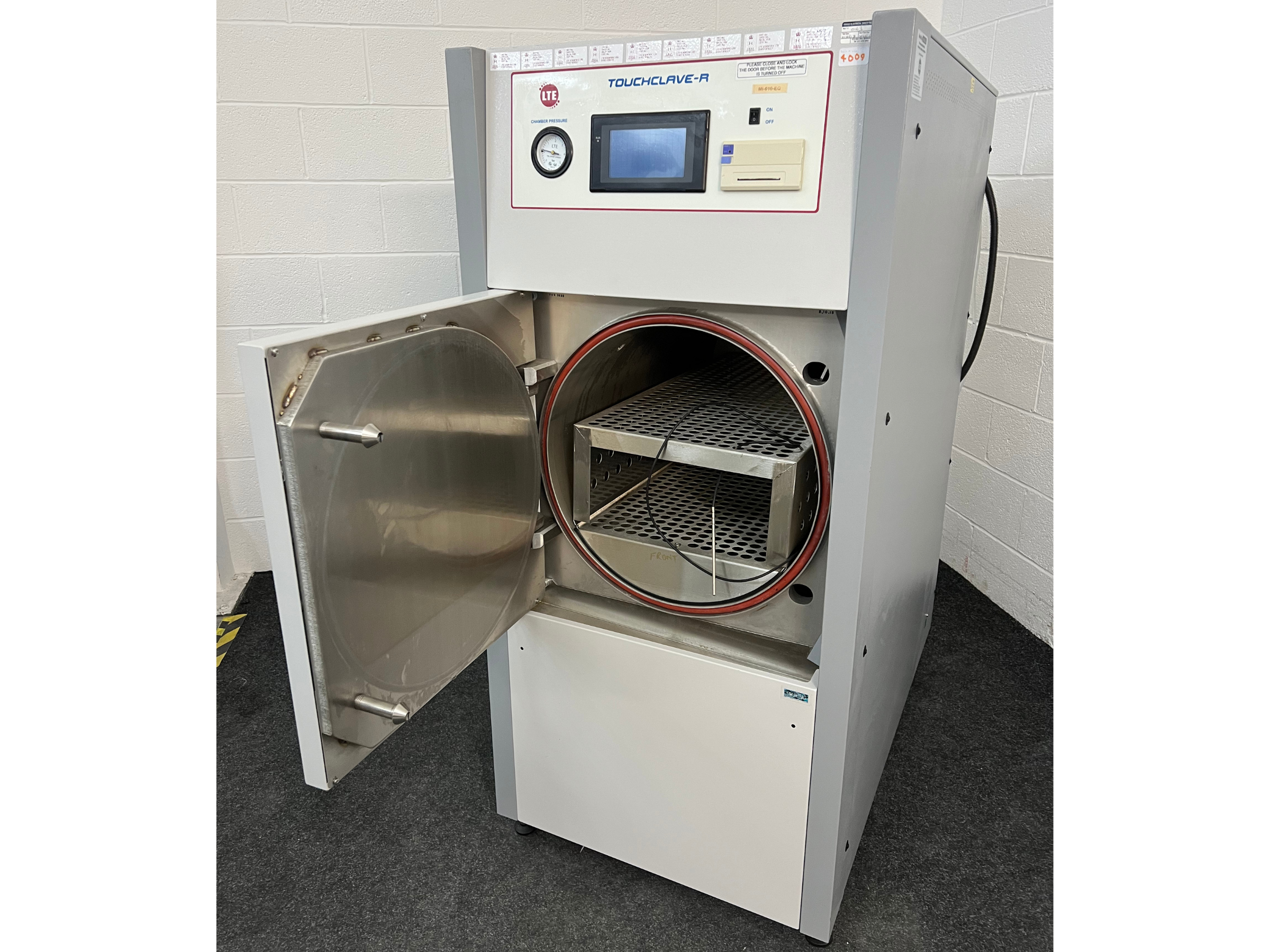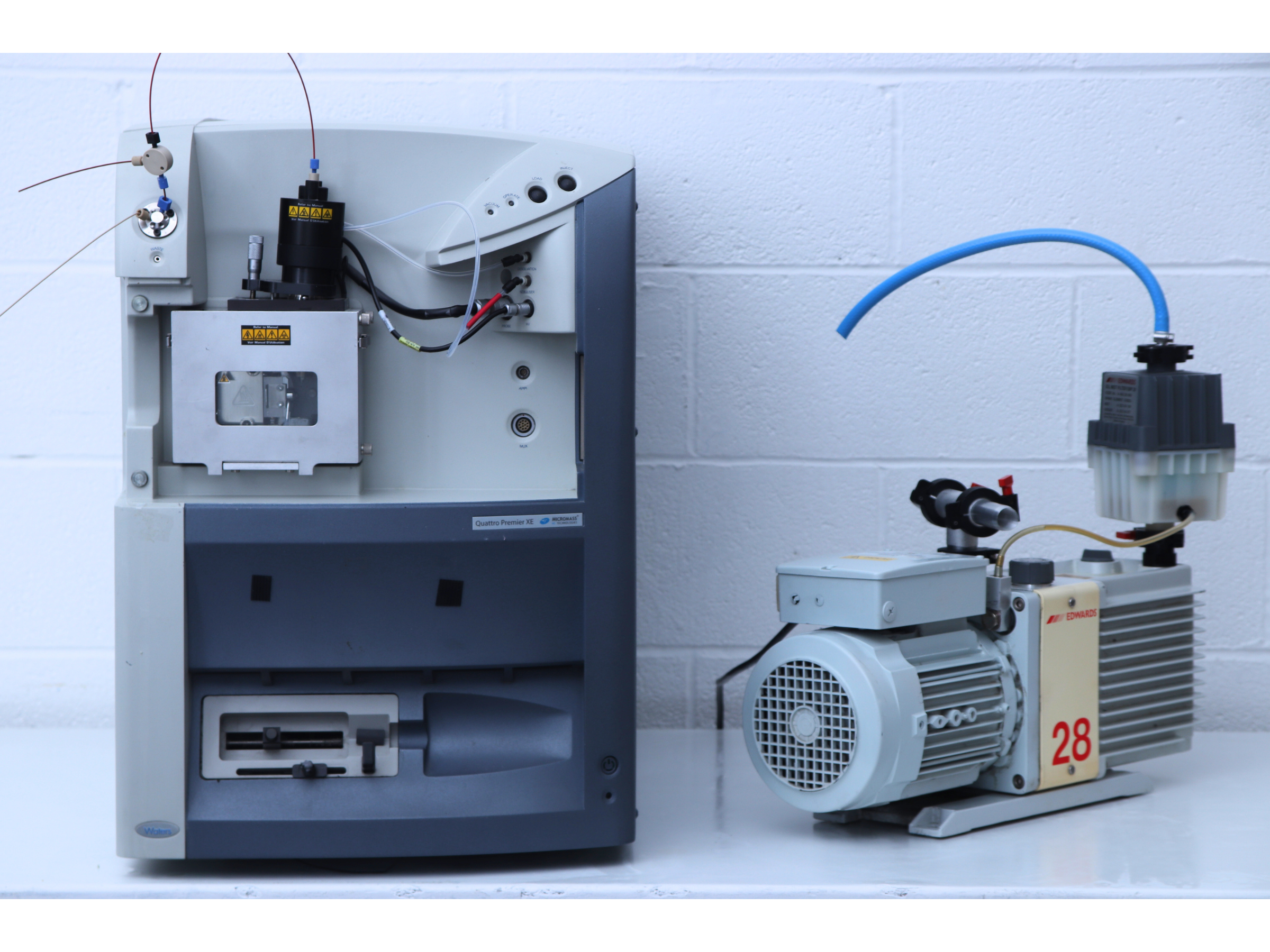Centrifuges hold immense potential when used correctly. In the second instalment of our Centrifuge Top Tips Series, we explore the intricacies of proper use and safety considerations. This article provides indispensable insights for laboratory users, ensuring optimal results every time.
2.1 Centrifuge Use Best Practices
Mastering the operational nuances of centrifuges is vital for extracting reliable results.
Loading and Balancing Samples: Before initiating a run, ensure the centrifuge is clean and balanced. Distribute samples evenly across the rotor to prevent imbalances that could compromise the integrity of the separation process.
Setting Appropriate Speed and Time: Consult manufacturer guidelines and experiment requirements to determine the optimal speed and duration for your samples. Accurate programming ensures efficient separation without risking damage to the equipment or samples.
Temperature Considerations: Some applications necessitate controlled temperatures. Use refrigerated centrifuges when working with temperature-sensitive samples, and allow the centrifuge to reach the set temperature before beginning the run.
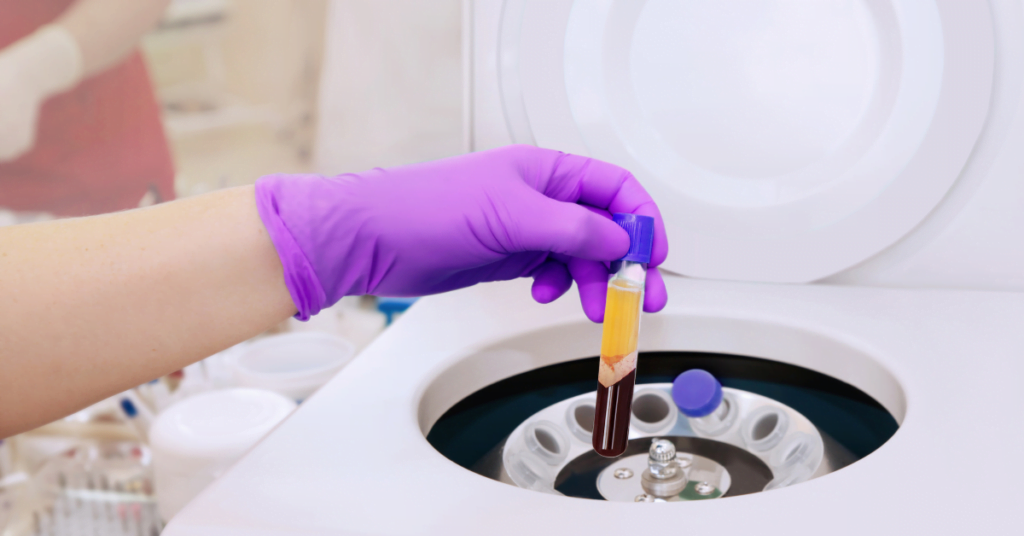
2.2 Avoiding Common Mistakes: Steering Clear of Pitfalls
Even seasoned users can fall prey to common mistakes. Learn how to steer clear of pitfalls to ensure seamless centrifuge operation:
Overloading: Adhere to specified load capacities to prevent overloading, which can lead to imbalances, reduced separation efficiency, and potential damage to the rotor or centrifuge.
Imbalanced Loads: Proper distribution of samples in the rotor prevents imbalances that can cause vibrations, noise, and, in extreme cases, damage to the centrifuge.
Incorrect Rotor Selection: Selecting the appropriate rotor is crucial. Ensure compatibility with tube size, sample volume, and required centrifugal force to avoid compromised separation efficiency.
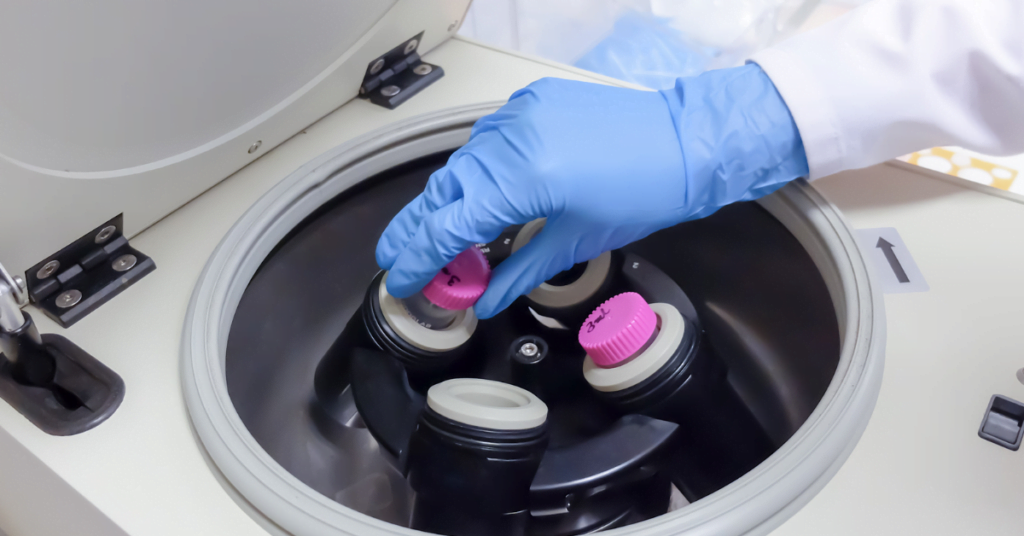
2.3 Safe Use: Promoting a Culture of Laboratory Safety
A secure working environment is non-negotiable in laboratory settings. This section emphasises general safety guidelines and special considerations:
Proper Personal Protective Equipment (PPE): Wear appropriate PPE, including lab coats, gloves, and safety goggles, to safeguard against potential splashes, spills, or aerosols generated during centrifugation.
Adequate Ventilation: Operate centrifuges in well-ventilated areas or within fume hoods when dealing with hazardous materials. Ensure the laboratory space meets safety standards for air quality and circulation.
Emergency Procedures: Familiarise laboratory personnel with emergency shutdown procedures and clearly mark emergency exits and evacuation routes within the laboratory space.
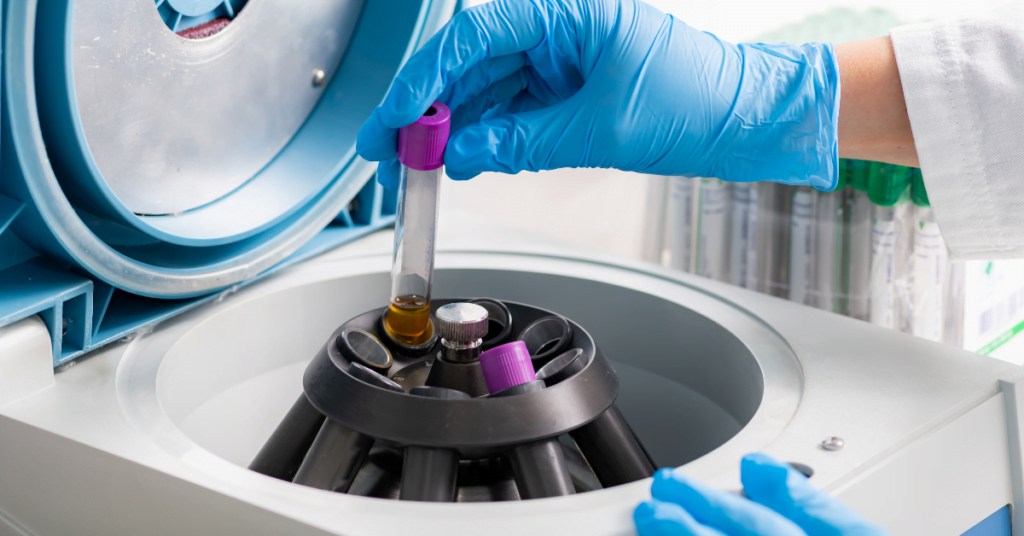
Read Centrifuge Top Tips Part 3 – Maintenance
Browse Latest Arrivals
-
 Mettler Toledo Five Easy F20 pH Meter
Mettler Toledo Five Easy F20 pH Meter -
 Thermo Scientific RT Touch-22 Magnetic Stirrer
Thermo Scientific RT Touch-22 Magnetic Stirrer -
 Labcold RLPR0517 Refrigerator
Labcold RLPR0517 Refrigerator -
 Cole-Parmer SH-200 Rocker And Shaker
Cole-Parmer SH-200 Rocker And Shaker -
 Liebherr GGU 1500 Freezer
Liebherr GGU 1500 Freezer -
 Lec LSR288UK Laboratory Fridge
Lec LSR288UK Laboratory Fridge -
 Mettler Toledo MS204TS Analytical Balance
Mettler Toledo MS204TS Analytical Balance -
 Safetech ST-Alarm-V2 Safety Weighing Cabinet & 300 Series Fan
Safetech ST-Alarm-V2 Safety Weighing Cabinet & 300 Series Fan -
 Safetech ST-Alarm-V2R Safety Weighing Cabinet & CTS 600 Fan
Safetech ST-Alarm-V2R Safety Weighing Cabinet & CTS 600 Fan
